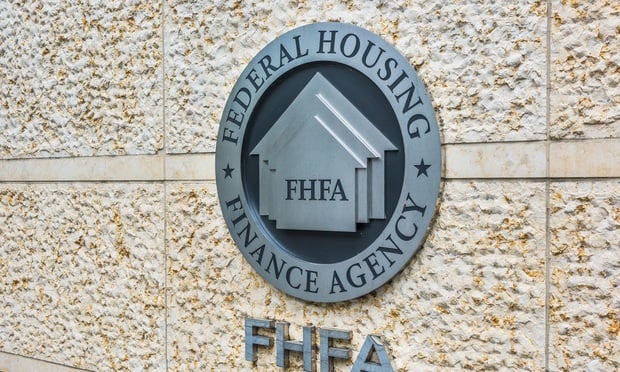For decades, extended inversions of the yield curve — when yields on short-term Treasurys surpassed those of long-term ones — have been considered harbingers of recessions. Now, it might seem like a disappointment.
Odd to call the potential lack of a recession a disappointment, but anytime trusted methods and metrics seem to fail, it certainly isn't something celebratory. What if you stop trusting the signal and next time it proves right?
Watching the yield curve as a portent of future economic stability has historical cred. "Numerous studies document the ability of the slope of the yield curve (often measured as the difference between the yields on a long-term US Treasury bond and a short-term US Treasury bill) to predict future recessions," as the Federal Reserve Bank of Boston wrote in 2020. "Importantly, the predictive power of the yield curve seems to endure across many studies, even if the specific measure of the yield curve and other conditioning variables differ. Indeed, with each new episode of "yield curve inversion"—when long-term interest rates fall below short-term interest rates—recession probability models are dusted off and re-estimated."
Want to continue reading?
Become a Free ALM Digital Reader.
Once you are an ALM Digital Member, you’ll receive:
- Breaking commercial real estate news and analysis, on-site and via our newsletters and custom alerts
- Educational webcasts, white papers, and ebooks from industry thought leaders
- Critical coverage of the property casualty insurance and financial advisory markets on our other ALM sites, PropertyCasualty360 and ThinkAdvisor
Already have an account? Sign In Now
*May exclude premium content© 2025 ALM Global, LLC, All Rights Reserved. Request academic re-use from www.copyright.com. All other uses, submit a request to [email protected]. For more information visit Asset & Logo Licensing.








